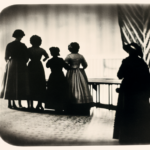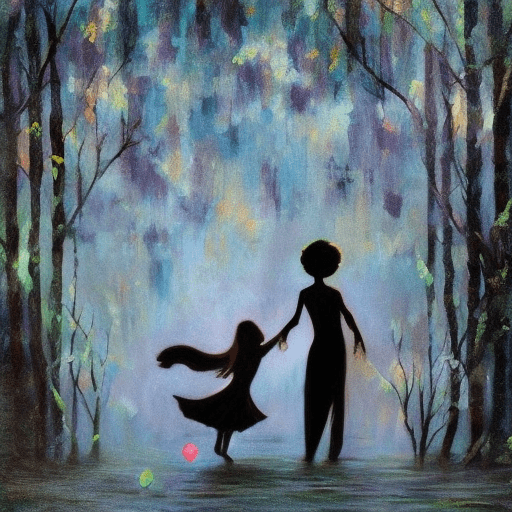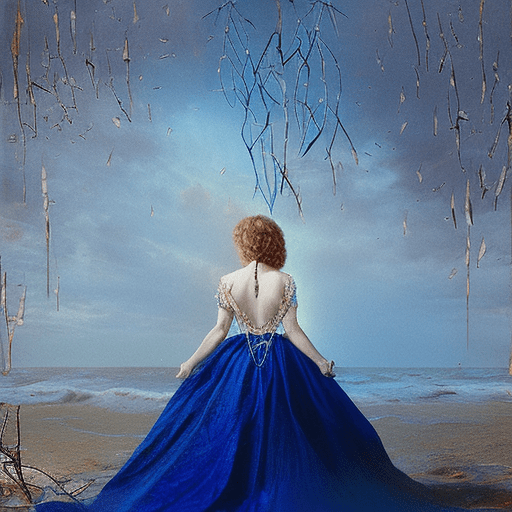One-line Summary:
Stagecoach (1939) – A group of diverse individuals embarks on a treacherous journey through dangerous territory, learning about themselves and each other along the way.
Main Cast and Crew:
- Director: John Ford
- Writer(s): Dudley Nichols (screenplay), Ernest Haycox (short story)
- Main Actors: John Wayne (as Ringo Kid), Claire Trevor (as Dallas), Andy Devine (as Buck), John Carradine (as Hatfield), Thomas Mitchell (as Doc Boone)
- Music Director: Gerard Carbonara
- Director of Photography: Bert Glennon
- Producers: Walter Wanger
Plot:
In the midst of the Wild West, a group of strangers boards a stagecoach bound for Lordsburg. The passengers include a prostitute named Dallas, an alcoholic doctor named Doc Boone, a whiskey salesman named Hatfield, a pregnant woman named Lucy Mallory, a banker named Gatewood, a marshal named Curley, and an outlaw named Ringo Kid. As they embark on their journey, they face various dangers, including attacks from hostile Native Americans and the threat of Geronimo’s Apache warriors.
Throughout the journey, tensions rise and relationships develop. Ringo Kid, who is on a mission to avenge his family’s murder, finds himself drawn to Dallas, despite her profession. Doc Boone battles his alcoholism and forms a bond with Lucy Mallory, who is traveling to reunite with her husband. As they face danger and adversity together, the passengers learn to look beyond their differences and rely on each other for survival.
Eventually, the stagecoach arrives in Lordsburg, where Ringo Kid confronts the men responsible for his family’s death. In a climactic shootout, Ringo emerges victorious, and the remaining passengers are able to continue on their separate paths, forever changed by their shared journey.
Themes and Motifs:
Stagecoach explores themes of redemption, prejudice, and the transformative power of human connection. The diverse group of passengers represents different social classes and backgrounds, challenging societal norms and prejudices. As they face danger together, they learn to see past their initial judgments and form unlikely alliances.
The motif of the stagecoach journey symbolizes the unpredictability of life and the shared human experience. The passengers, initially strangers, are forced into close quarters and must rely on each other for survival. Through their interactions, they discover their own strengths and weaknesses, ultimately finding redemption and a sense of purpose.
Reception and Legacy:
Upon its release, Stagecoach was a critical and commercial success. It received seven Academy Award nominations, including Best Picture and Best Director, winning two for Best Supporting Actor (Thomas Mitchell) and Best Music. The film is often credited with revitalizing the Western genre and establishing John Ford as one of its greatest directors.
Stagecoach’s influence can be seen in subsequent Western films, particularly in its use of breathtaking landscapes and complex character dynamics. It solidified John Wayne’s status as a leading man and launched his career as a Western icon. The film’s themes and storytelling techniques continue to resonate with audiences, making it a timeless classic.
Recommendation:
Stagecoach is a must-watch for fans of Westerns and classic cinema. Its compelling characters, thrilling action sequences, and exploration of universal themes make it a captivating and enduring film. John Ford’s masterful direction and John Wayne’s iconic performance are highlights of this influential piece of cinema history.
Memorable Quote:
“Well, there are some things a man just can’t run away from.”












